I’ve been fortunate enough to own a Fujifilm GFX 100 for almost 2 years. During that time I have not taken full advantage of using this wonderful camera system much. There are many reasons why my GFX 100 has been collecting dust in my office but the main reason is the lack of lenses. Let me be clear, I think there are enough native lenses available for the GFX cameras, but I happen to only own one — the 63mm f/2.8.
Naturally, I’ve gravitated to using my Sony A7R iii or Canon EOS R on my photography projects as I have a full kit of lenses for those systems.
So what’s the story?
Recently I’ve caught the photography bug again after taking a lengthy hiatus from creating on a consistent basis. So on my after-work walk today, there was a beautiful sunset, and I thought, why not try to adapt some of my favourite vintage lenses to the GFX and see what happens? I’m ashamed to say I never adapted any of my vintage lenses to the GFX prior to this. So I ran home quickly and grabbed three of my favourite vintage lenses, and scooted back outside just in time to catch the last few moments of the sunset.
The Vintage Lens Setup
Canon FD 70-210mm f/4 lens
Excited to see what I could capture, I started with the Canon FD 70-210mm f/4 lens, which was double adapted to the GFX through a Canon FD to EF adapter, and then from Canon EF to Fujifilms G-mount. This lens unsurprisingly had little vignetting, considering the GFX is a medium-format camera, vs the 35mm (full-frame) image circle that which Canon lens was designed for.
Helios 44-2 55mm f/2 lens
The second lens of choice was the Helios 44-2 55mm f/2. As one of my all-time favourite vintage lenses, there was no way I was leaving this one behind. The Helios was more easily adapted by using a simple metal screw mount adapter for the Canon EF mount, and again EF to G-mount.
To my surprise, this lens perfectly covered the GFX’s medium-format sensor and there was no vignetting.
SMC Super Takumar 35mm f/2 lens
The last lens in this quick experiment was none other than the SMC Super Takumar 35mm f/2. After covering a wide range of focal lengths with the 70-210mm and 58mm I picked up this wide-angle vintage lens to round out my experiment. The Takumar was easy to adapt as well, and worked the same way the Helios did. However, the Takumar had the worst vignetting out of the three lenses I tested.
The crop factor on the GFX is 0.79, making this lens about 28mm equivalent, which I suppose would exacerbate the potential for vignetting on a lens which was not made to cover an image circle larger than 35mm/full frame.
The Results
Now what you’ve all been waiting for, how did the pictures turn out?! The results are for illustration purposes, these images were downscaled to about 60% quality and 10% of the original size to save on size for displaying on the website. These are not meant for pixel peeping.
Canon FD 70-210mm f/4 sample pictures
The Canon FD 70-210mm performed great and did a great job reproducing colours. Of course, a lot of this was thanks to some colour correction in Lightroom, but the out-of-camera pictures looked pretty great.
What I didn’t like about this lens where its flaring and focusing. The lens had a lot of flaring when shooting into the sun, which was to be expected. My issue with the flaring was that it looked too boring. The flare had no unique characteristics. After reviewing the photos on the computer, I noticed none of the photos came out in perfect focus. The only exception was one macro shot I took. I don’t know if this was because I was rushed or if the doubling of adapters added too much length between the flange and sensor, making it either impossible to focus to infinity or the camera’s focus peaking was creating false positives. Further testing of this lens and camera pairing is required.
Helios 44-2 55mm f/2 sample pictures
The Helios 58mm was by far the best performer. Combined with the Fuji magic, the Helios lens captured the best colours. I was also able to nail the focus, and of course, the lens performed beautifully in all the areas you would expect. The lens excelled in photographing subjects that were close to the foreground so that you can take full advantage of the lens’s out-of-focus characteristics for the background.
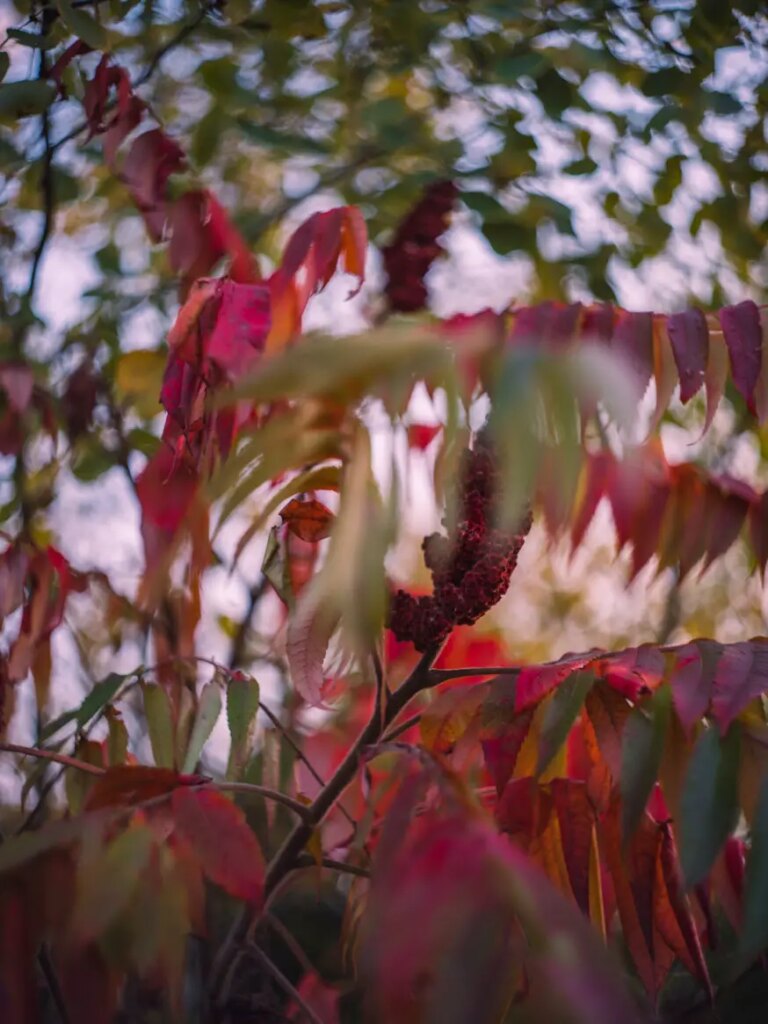
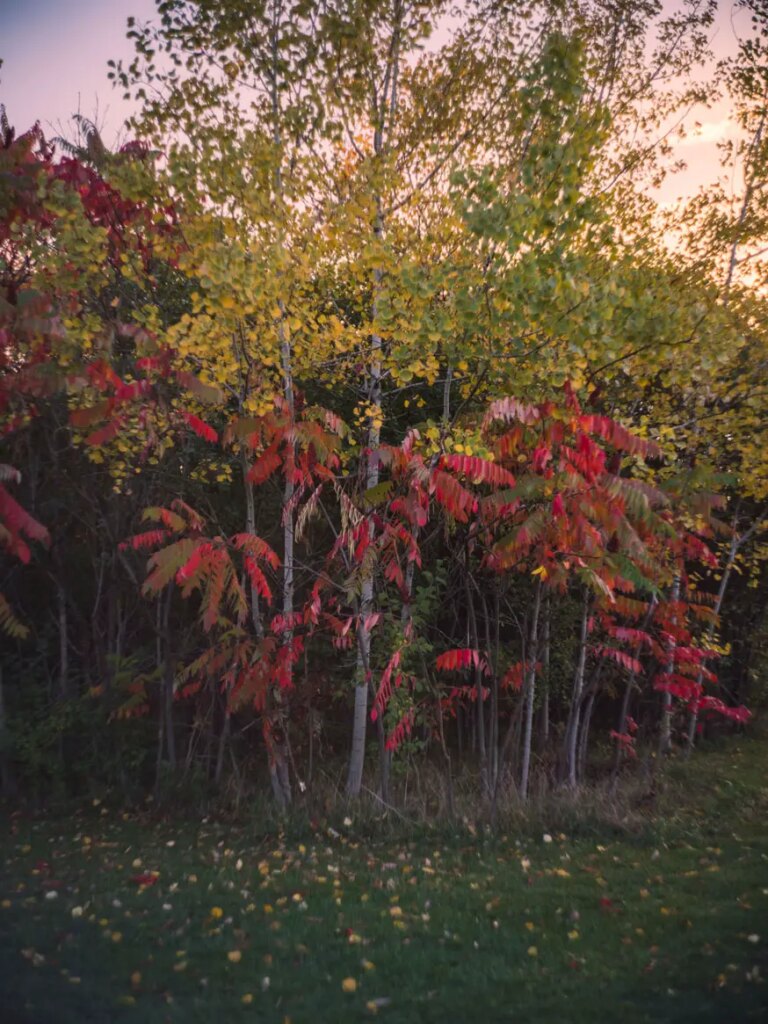
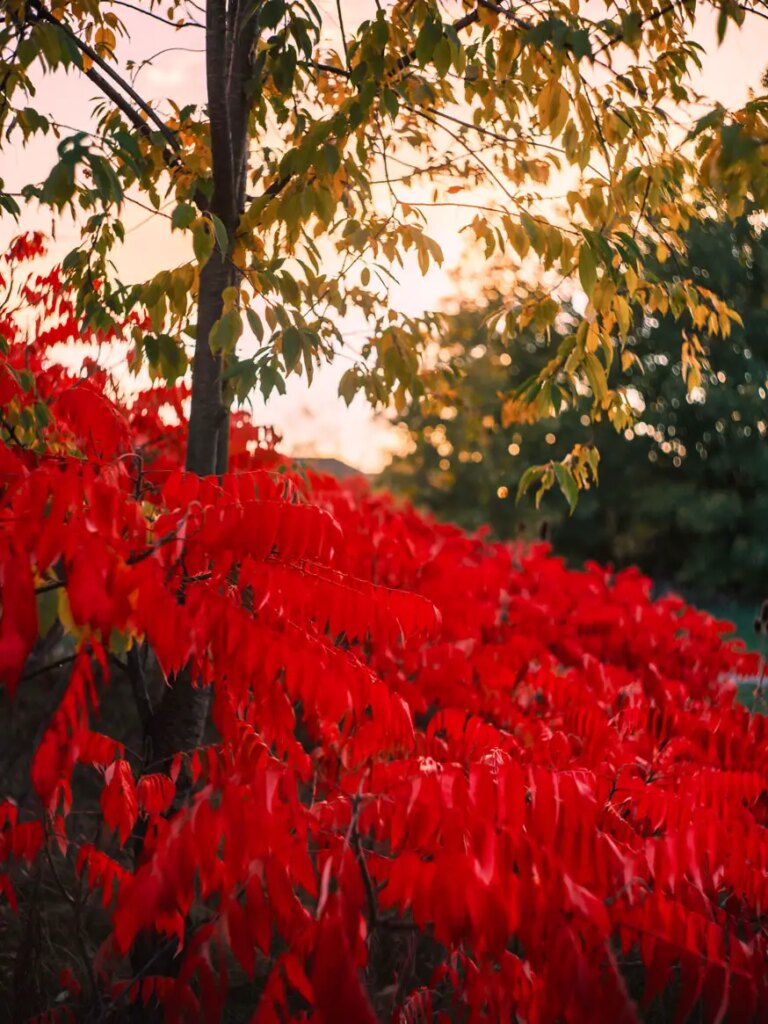
SMC Super Takumar 35mm f/2 sample pictures
Last but not least comes the Takumar 35mm. By the time I got this lens on the camera, some of the best parts of the sunset were over, but I was still able to capture some great photographs.
The 35mm lens performed somewhere in the middle between the other two. The colours were great, and the focus was good. I did notice that I was having some issues with nailing the focus exactly where I wanted. Again I’m not sure if this was due to the focus peaking creating some false positives or perhaps the minimum focusing distance in some of my shots was beyond where I expected it to be.
Due to the more extreme vignetting on this lens, I am not sure if I would use it again as the images would require significant crops, losing too much from the image.
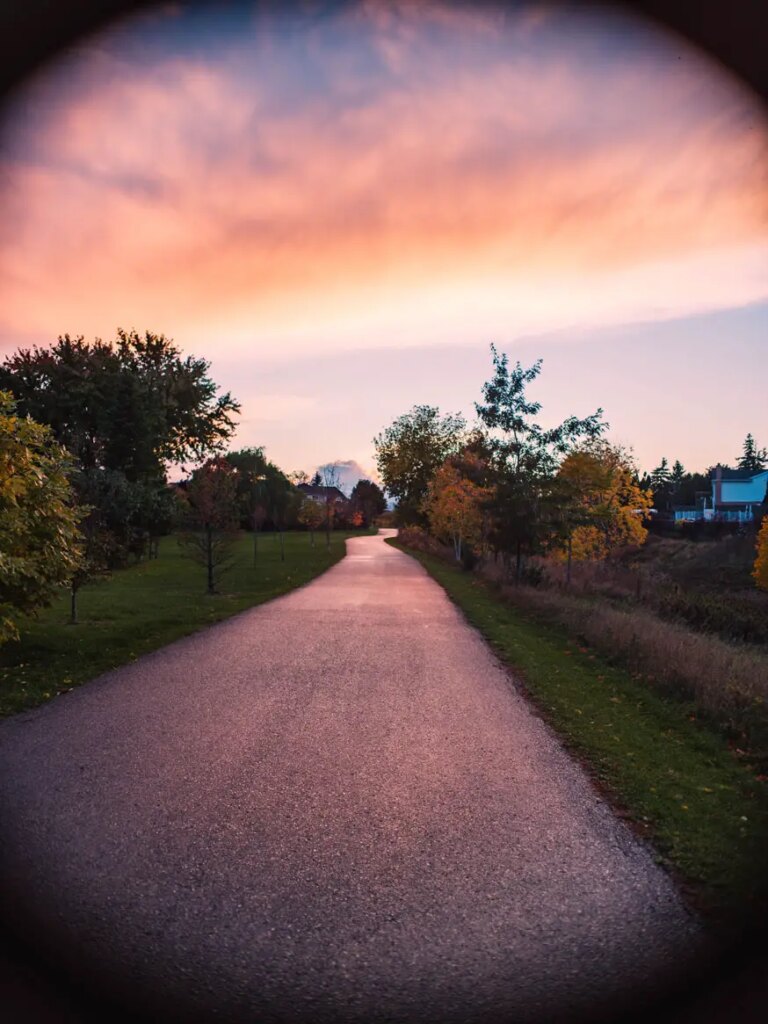
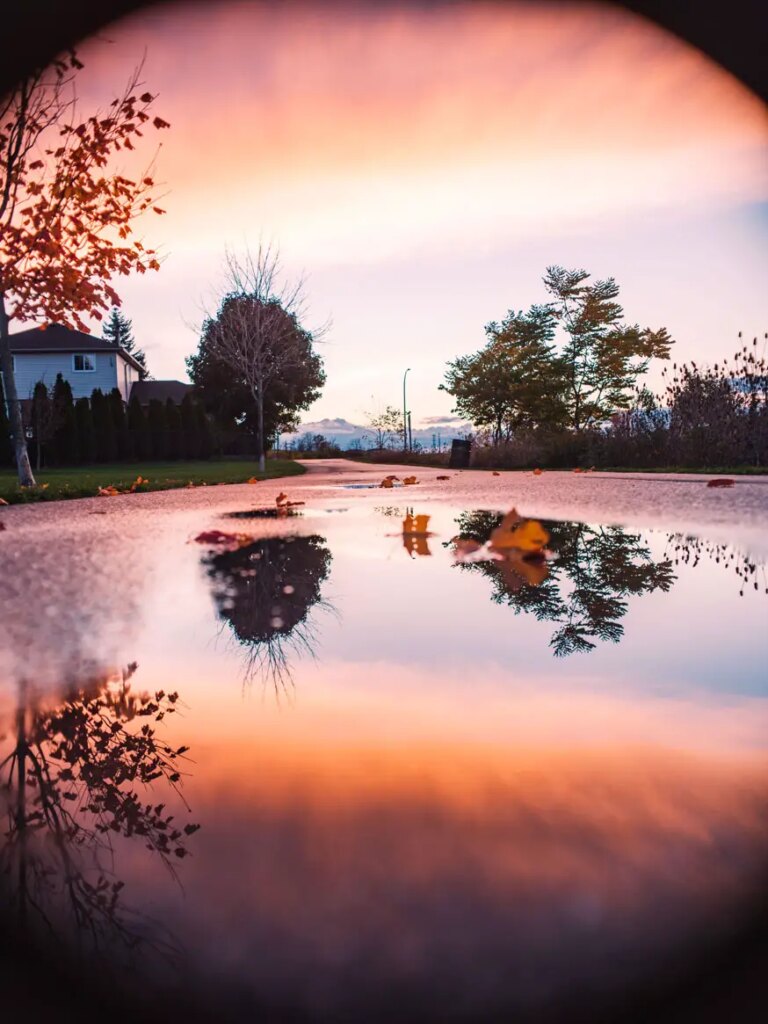
What’s Next?
This spontaneous experiment has inspired me to continue testing vintage lenses on my GFX 100. I am mostly interested in testing them out in a portrait photoshoot in the future as the vintage look will lend itself well to portraiture I think.
Stay tuned to see what’s coming up next on my Instagram!
Share this post:
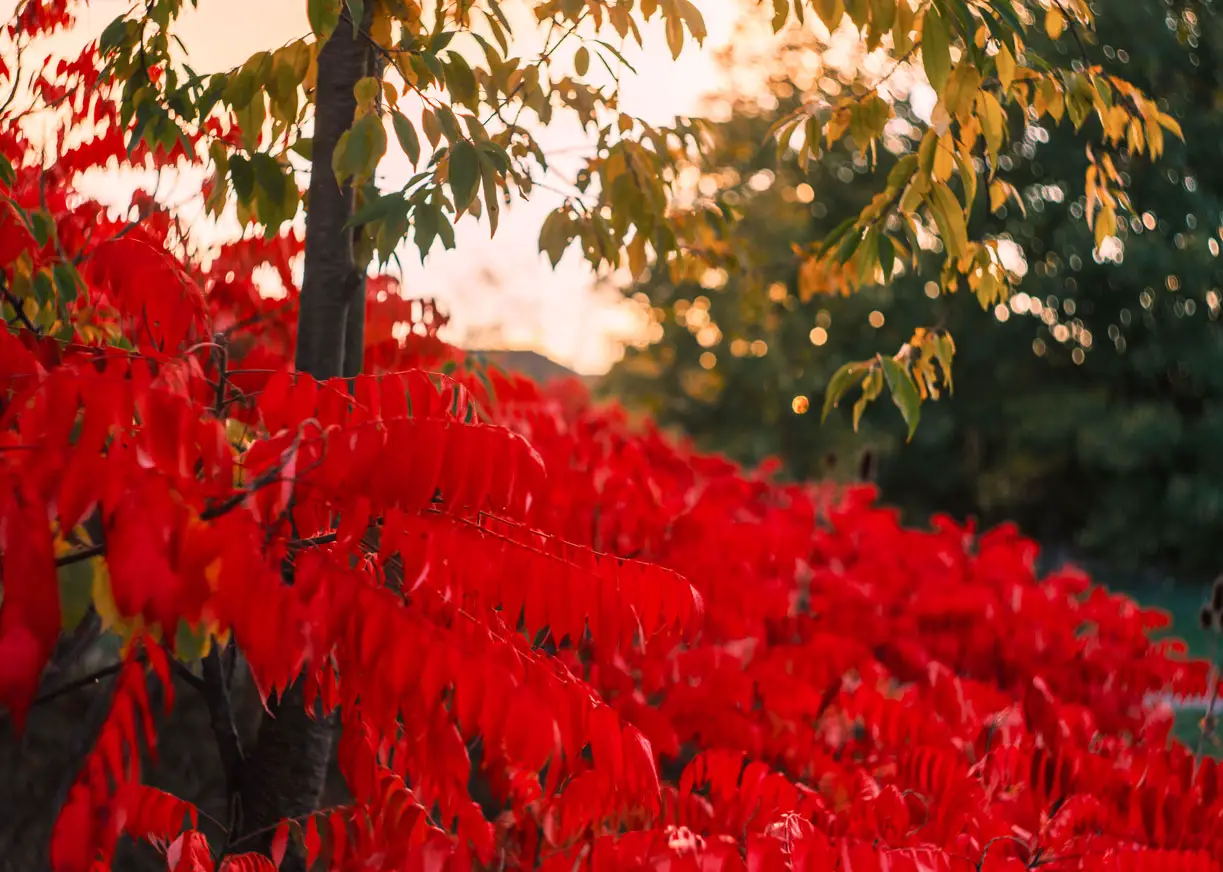
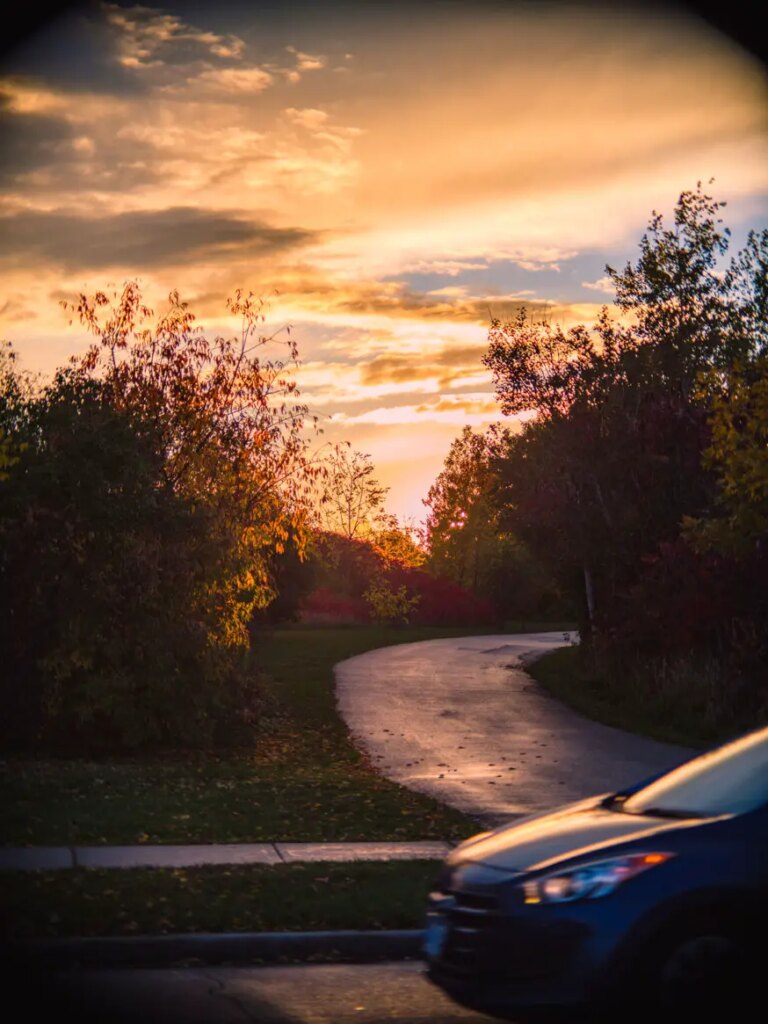
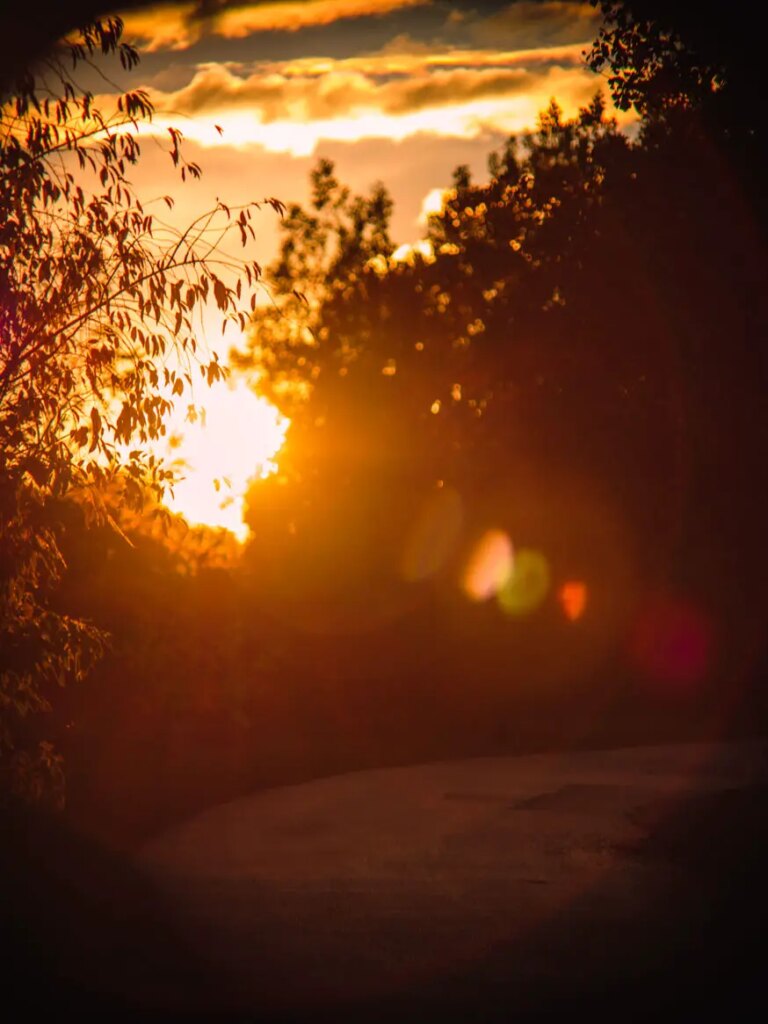
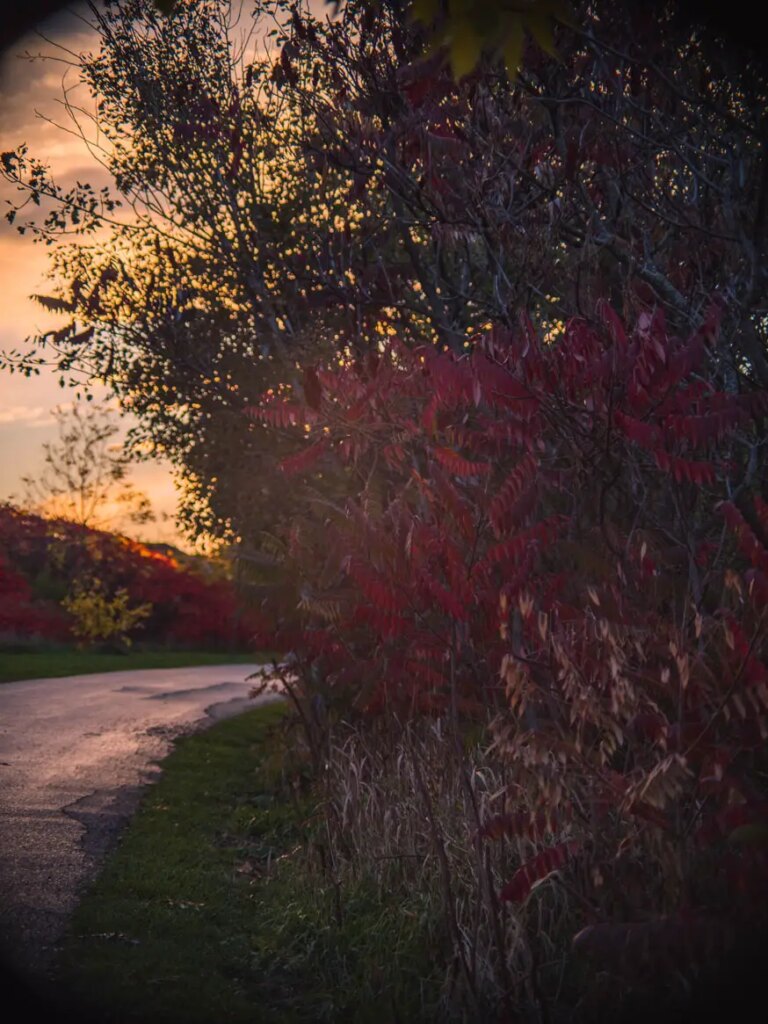
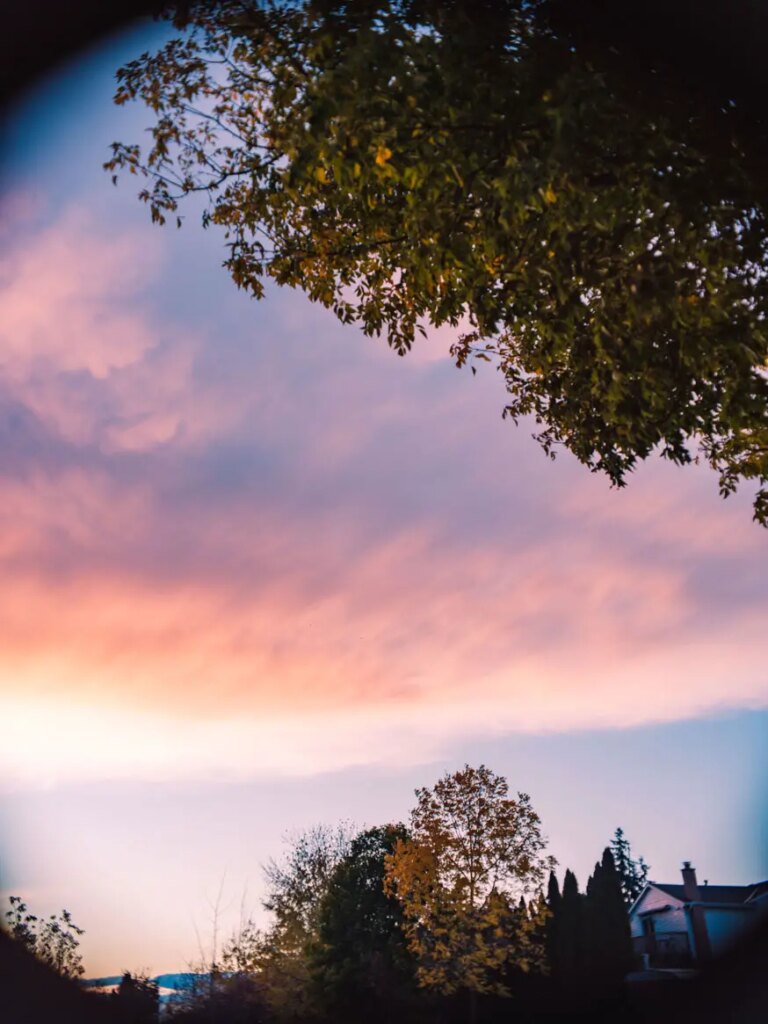








Comments
Nick Lyle on First Experiments with Classic Lenses and 102-megapixels of Fuji GFX 100 – By Tudor Stanescu
Comment posted: 17/11/2022
Alex Hazuki on First Experiments with Classic Lenses and 102-megapixels of Fuji GFX 100 – By Tudor Stanescu
Comment posted: 17/11/2022
Bill Brown on First Experiments with Classic Lenses and 102-megapixels of Fuji GFX 100 – By Tudor Stanescu
Comment posted: 18/11/2022
Bill Brown on First Experiments with Classic Lenses and 102-megapixels of Fuji GFX 100 – By Tudor Stanescu
Comment posted: 19/11/2022
I work as a digital darkroom tech for a portrait photographer who shoots with a GFX 100 and he got into vintage projection lenses during covid lockdowns. We have been shooting a special project for a local private school where the 5th graders dress up in historical costumes for a class history project. Using the projection lenses on the GFX adds a nice effect to the overall look of the final prints. The teacher personally hand makes each child's costume and they are amazing! We had a local studio, Exploredinary, shoot and produce a short 5 minute video. It is posted on Vimeo, here is the link: https://vimeo.com/624128671 . You can see how these lenses look with portraiture. The swirly bokeh from a few lenses is almost disorienting! Good luck on your lens adventure.
Lee on First Experiments with Classic Lenses and 102-megapixels of Fuji GFX 100 – By Tudor Stanescu
Comment posted: 30/11/2022